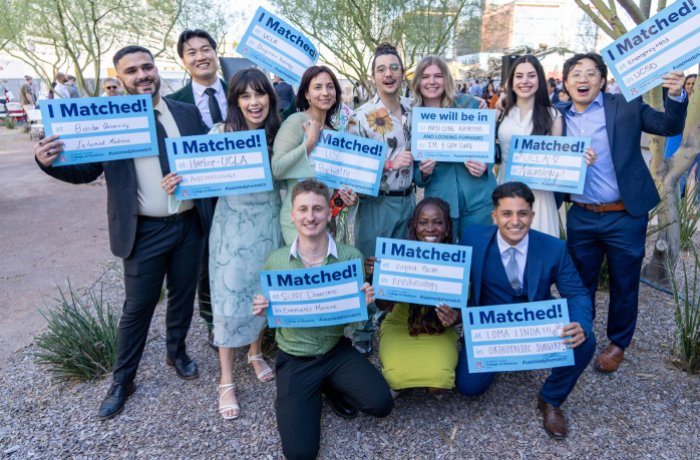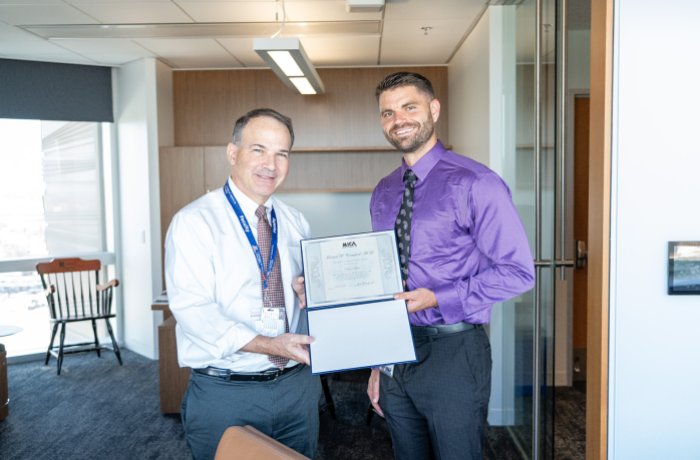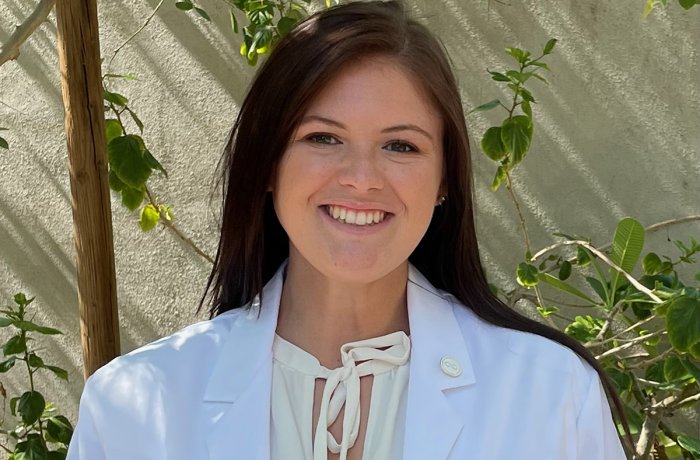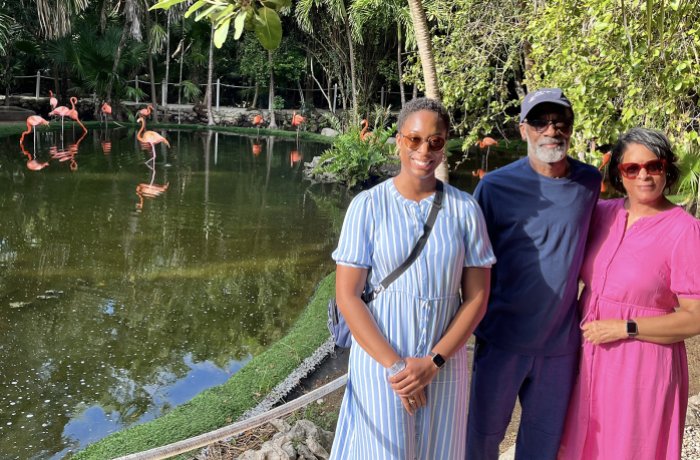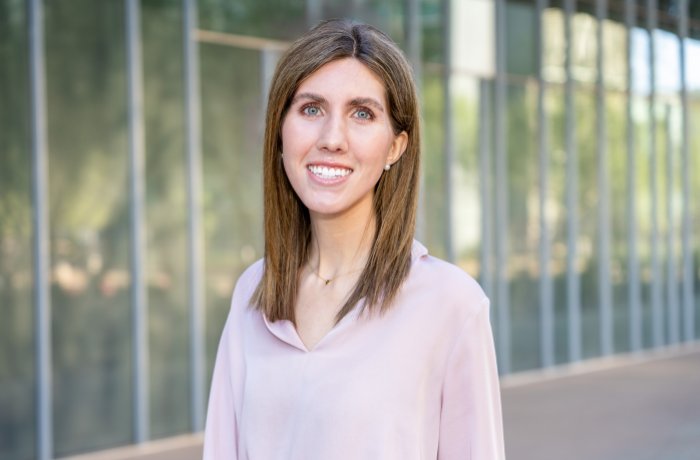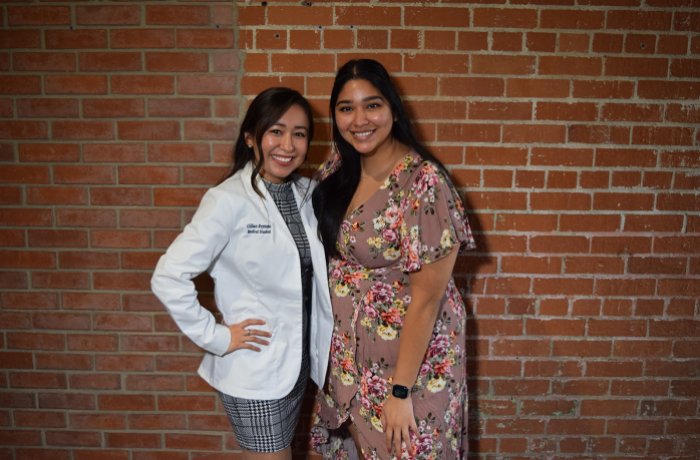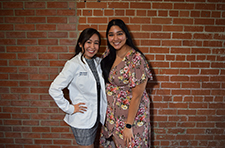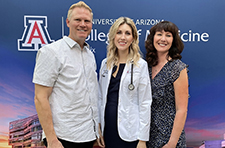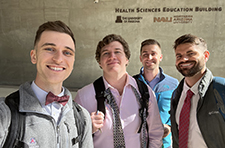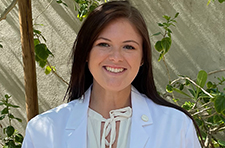Student Milestones
News
Dean's State of the College Spotlights 2025's Achievements
All Roads Lead to Residency: The Class of 2025 Match
Match Day Profile: Weston Myers
Match Day Profile: Izzi Bauer
Match Day Profile: Shannon Alsobrooks
Match Day Profile: Nick Zellmer
Match Day Profile: Rachel Schuurs
Match Day Profile: Gillian Reynoso
Match Day is the culmination of a complex year-long process that matches the nation’s graduating medical students with residency programs. Match results are released nationally at Match Day ceremonies coordinated to occur on the same date — the third Friday in March — at the same time (12:00 p.m. Eastern time) each year.
Under the match process, during the first half of their senior year, medical students apply for positions at residency programs, then interview with program directors, faculty and residents. In February, students submit their list of choices in order of preference — at the same time residency program directors submit their rank-ordered lists of preferred candidates — to the National Residency Matching Program headquarters in Washington, D.C. A computer matches each student* to the residency program that is highest on the student’s list and that has offered a position to the applicant. Residency programs vary in length from three years for general medicine/family practice specialties to eight years for the most specialized of surgeons.
*To protect our students' privacy, we have chosen not to publish our students’ Match List.
Class of 2025 Match Day
News, Photos, Videos and More
- Feature Story – All Roads Lead to Residency: The Class of 2025 Match.
- Class of 2025 Match Day Ceremony.
- Class of 2025 Match Day Recap.
- Photos from the event.
- Class of 2025 specialties and placements.


